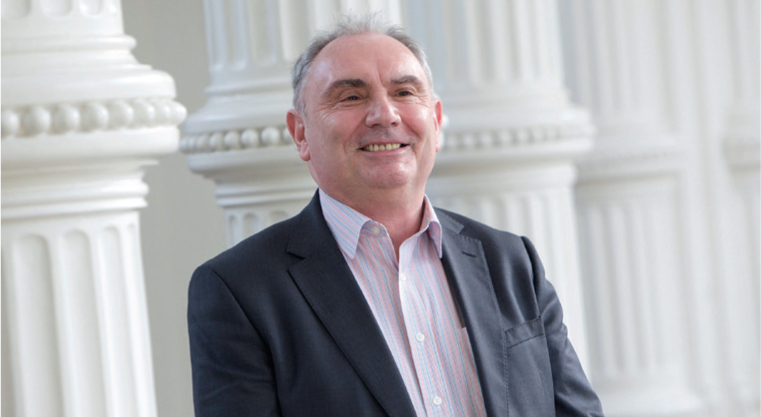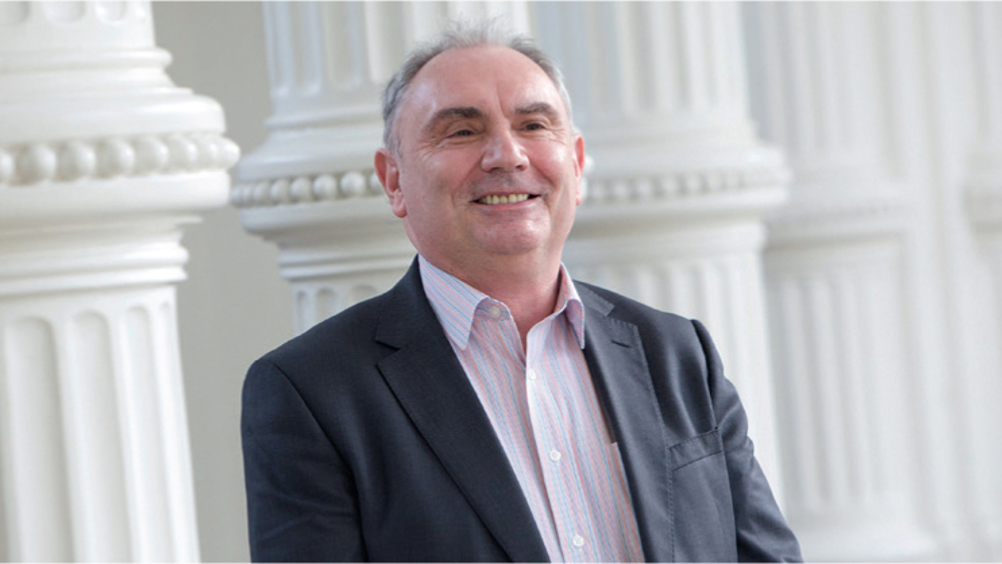
I have written in previous columns about the veritable tide of patient safety and health quality reports that are regularly published, along with the difficulties busy nurses and doctors face in unpacking and applying these to their practice. Working out which publications are authoritative can be a serious challenge in a busy NHS where staff have many competing calls on their time. The seminal Care Quality Commission (CQC) report, Opening the Door to Change (CQC, 2018), articulated these difficulties well. The problems of trust information overload, time, resources, and priority setting was discussed:
‘Trusts receive too many safety-related messages from too many different sources. The trusts we spoke to said there needed to be better communication and coordination between national bodies, and greater clarity around the roles of the various organisations that send these messages.’
The CQC (2018) makes this point well. Those involved with patient safety and health quality policy development and practice can often see a tide or even a tsunami of patient safety and health quality publications regularly descending on trusts and staff from a myriad sources. The organisations and writers behind these reports may also have their own agendas and it is important to recognise this and be able to weigh up their value. Nurses and other health staff face difficulties in absorbing and acting upon the key patient safety and health quality information due to time and resource constraints. Research databases, respected online sources and books, as well as professional journals, can all help when developing patient safety policy and practice.
Thinking outside the NHS box
At the same time, it is also important for NHS staff not to waste scarce financial resources on reinventing the wheel when addressing problems. There may well be reports published in other countries that have addressed many of the problems currently being scoped and researched in the NHS. Although other countries may have different healthcare delivery systems, patient safety and health quality reports often contain common themes, which can be usefully applied in the HS.
A comparative approach to studying patient safety can be useful, refreshing, reflective and resource efficient. It is good practice not to think in conceptual country silos—to think outside the NHS conceptual box and see what other countries have done or are doing on a particular issue—time and resources permitting.
An example is the Australian Commission on Safety and Quality in Health Care's (ACSQHC) scoping report on good patient-clinician and team communication practices (ACSQHC, 2020). The commission also provides many other useful patient safety-related publications (ACSQHC, 2022).
The scoping paper on communication (ACSQHC, 2020) contains some useful strategies, thinking and research on communication and patient safety. The following quote from the report sums up the issues at stake here and the need to develop effective and efficient communication processes. It is possible to link poor communication practices with healthcare litigation and complaints:
‘Moreover, the healthcare environment in which healthcare providers interact and communicate within is often high-paced, high-pressured and complex. This complexity can result in errors, miscommunication, and fragmented care. In order to negotiate this complexity, healthcare providers require highly developed communication, collaboration and teamwork skills; and need support from systems and processes that facilitate effective communication, collaboration and teamwork.’
World Patient Safety Day
The World Health Organization (WHO) has announced that the theme for World Patient Safety Day 2022, which takes place annually on 17 September, is medication safety. The idea behind this annual event is to showcase the world's commitment to patient safety. Different initiatives from around the world are published and several education events take place. This is an opportunity for stakeholders, patients, health workers and others to engage with and promote the concept of patient safety and health quality. WHO (2022) has stated that failures in medication safety are a leading cause of harm, globally.
‘Medication errors occur when weak medication systems and human factors such as fatigue, poor environmental conditions or staff shortages affect the safety of the medication use process. This can result in severe patient harm, disability and even death. The ongoing COVID-19 pandemic has significantly exacerbated the risk of medication errors and associated medication-related harm.’
Objectives of this year's event include raising global awareness of the medication safety issue, ways to improve patient safety and engaging key stakeholders and partners.
Reports from a UK perspective
As well as overseas reports on good patient safety practices, some useful articles have recently been published in the UK.
Doctors and complaints
Hulmes and Ellis (2022) provide an excellent discussion of complaints and their impact, as well as the results of a survey among GPs and hospital doctors. The article includes advice on resources, the approach to take when complaints are received and the support mechanisms available. The authors offer plenty of advice, such as:
‘Remember that every clinician is likely to be involved in complaints processes during their career ‘Consider using templates to guide you through each step of the process, from writing a response to reflecting on the experience.’
The advice and research findings are a useful basis for discussion and provide an excellent patient safety resource.
Litigation
I have explored in previous BJN columns the high costs of claims against the NHS, which run into billions of pounds. I have also discussed the devastating and life-changing impact that injuries caused by errors can have on patients.
Learning the lessons from past litigation claims has a twofold impact. If nurses and doctors learn lessons and implement changes in care, commonsense dictates that health care will be safer. This should result in fewer adverse healthcare incidents taking place and fewer legal claims and complaints being made.
However, we know from countless NHS reports and those of other organisations that the NHS has been poor at learning the lessons from previous adverse events.
Adverse events: extravasation
NHS Resolution has published several useful articles in its ‘Did You Know?’ series, linking litigation claims to clinical areas. The latest is on extravasation (NHS Resolution, 2022). Extravasation is the leakage of any liquid from a vein into the surrounding tissues. This can cause serious harm to the patient.
This closed claim analysis is useful as it highlights trends and learning points in this area of care. The report provides information on the frequency of extravasation claims and the resulting costs. Between 1 April 2010 and 1 December 2021, NHS Resolution received 467 legal claims in respect of patient extravasation injuries:
‘Of those 467 claims, 214 have settled with damages and 112 have closed with nil damages. This has cost the National Health Service (NHS) 16 million pounds. This includes payment for claimant legal costs, NHS legal costs and damages.’
Paediatrics and oncology have the highest number of claims. Injuries caused by extravasation include bruising, scarring and tissue damage, unnecessary operations and, most disturbingly, even death in 3% of cases.
The report states that the main causes of extravasation were infusion problems, inadequate nursing care and errors in the dose, agent or route selection of an infusion.
The report has a section dealing with what staff can do to prevent such problems from happening again, including:
‘Ensure your local guidance for extravasation is circulated amongst staff ‘Review patient information resources to include manufacturer's guidance, evidence-based practices and patient support organisations.’
This is a well-produced and clear document: it highlights key patient safety issues that have resulted in the most profound and tragic of consequences, including the death of five patients. Nurses and doctors will see several key facts, trends and other information in the report which, hopefully, will lead to lessons being learnt in this key area and safer care being practised.
Conclusion
Health professionals are viewed as experts by the patients and clients who rely on them. It is also important to recognise that a power gap exists between professionals and the people they care for. It is vitally important for nurses and doctors to recognise this by keeping practice informed, reflective and up to date.
There is a lot to do in busy, often resource-constrained healthcare environments, but keeping up to date with changes in professional practice should always be viewed as a priority activity and a fundamental hallmark of being a professional.


